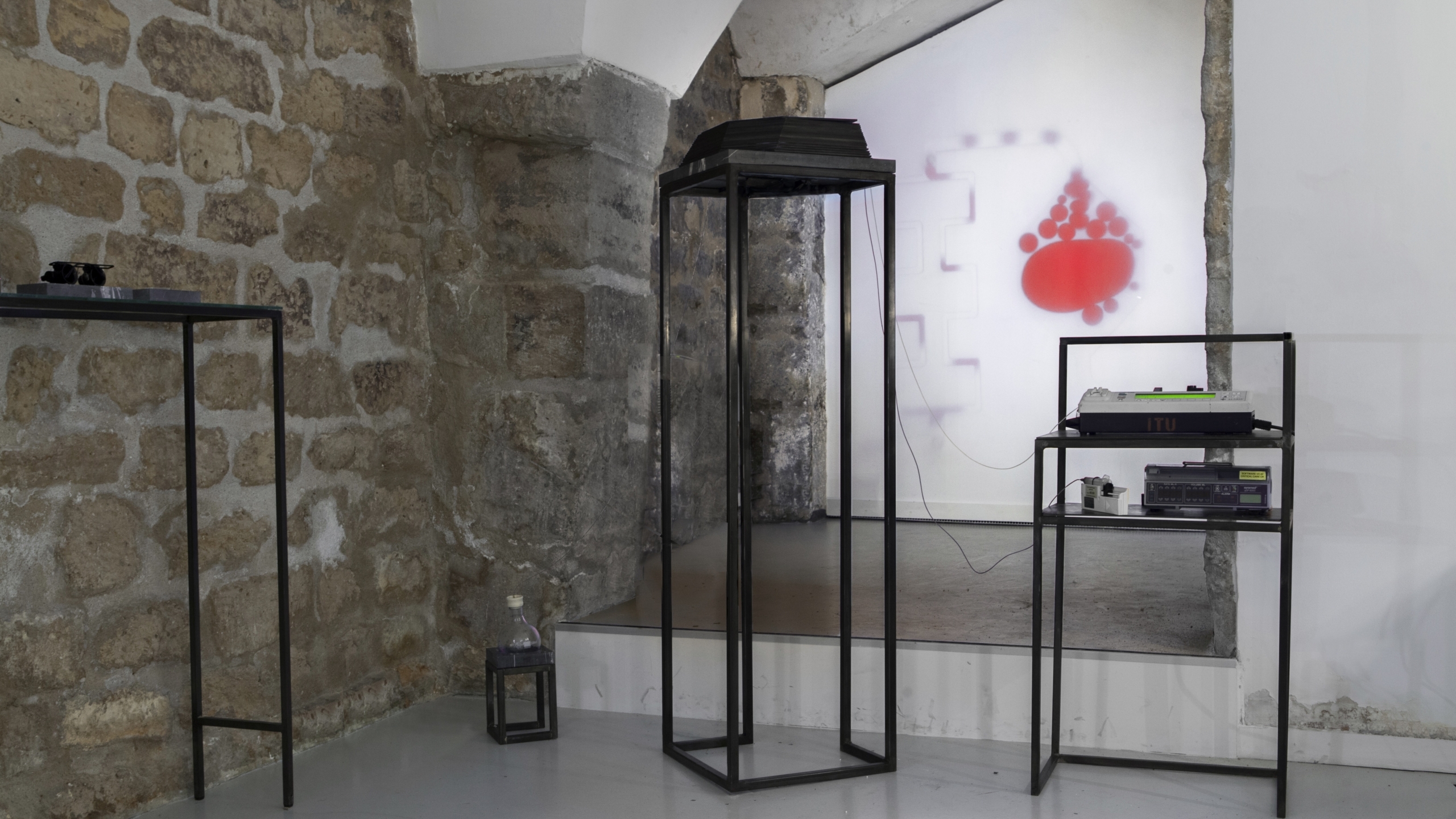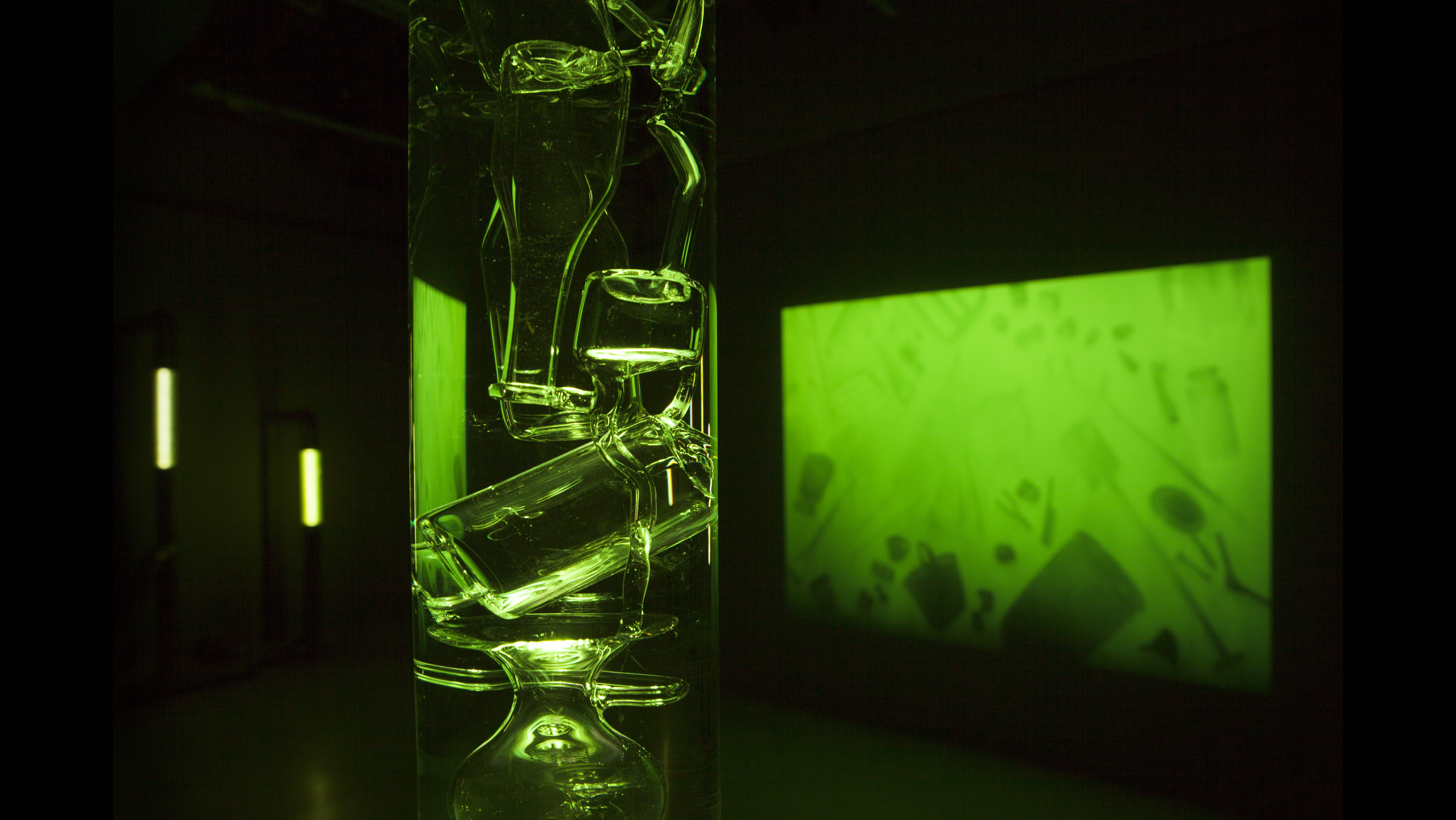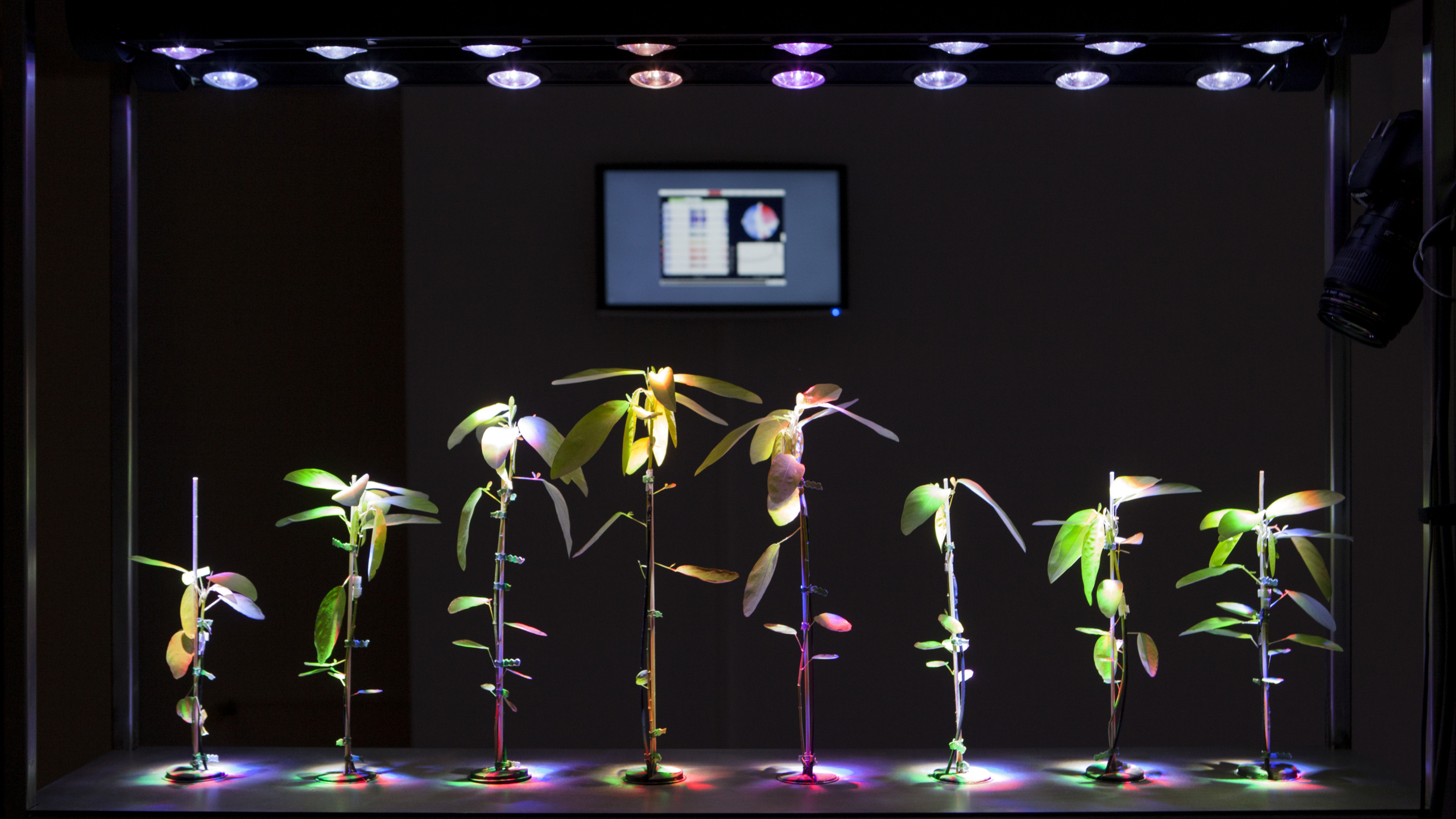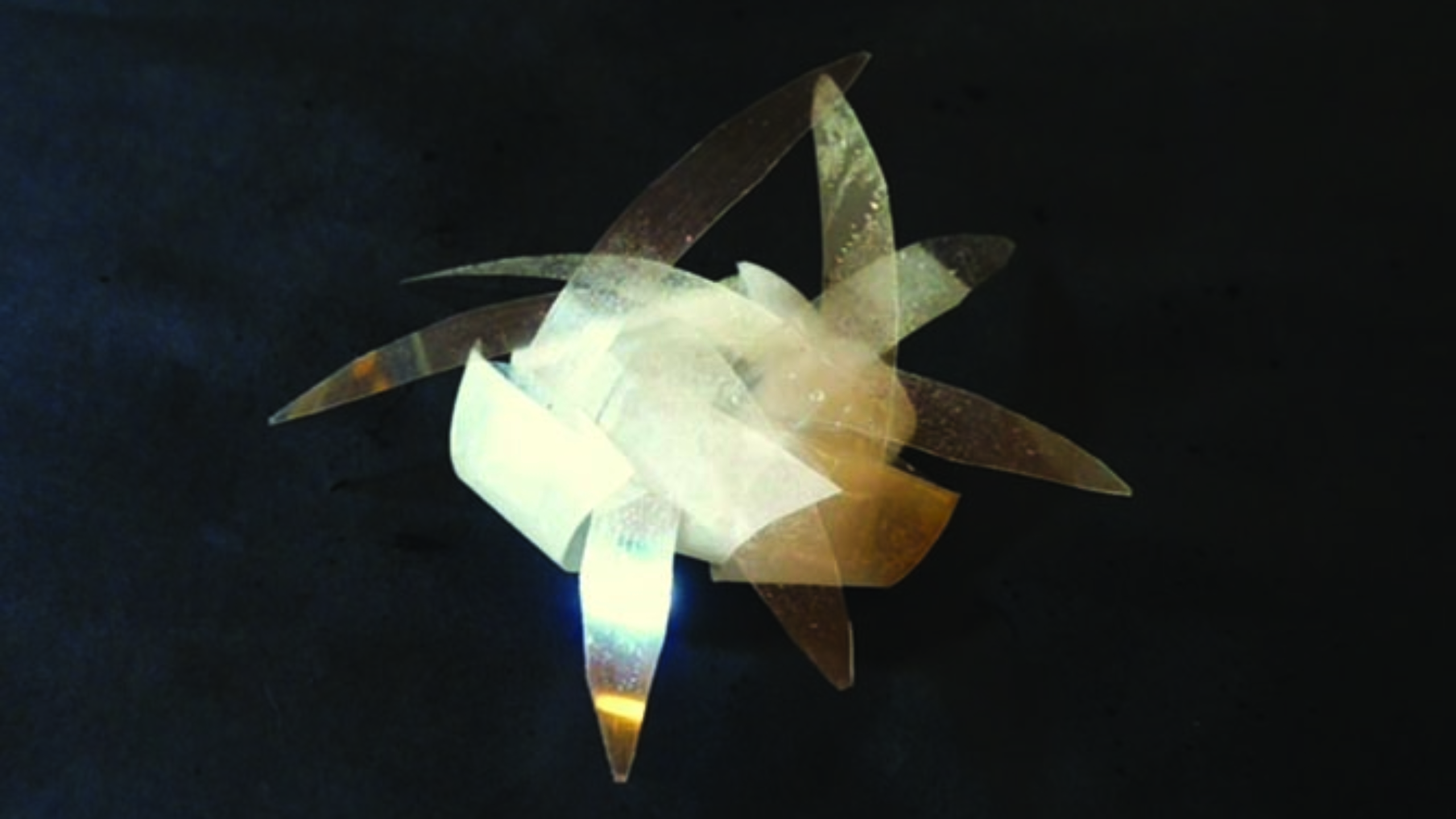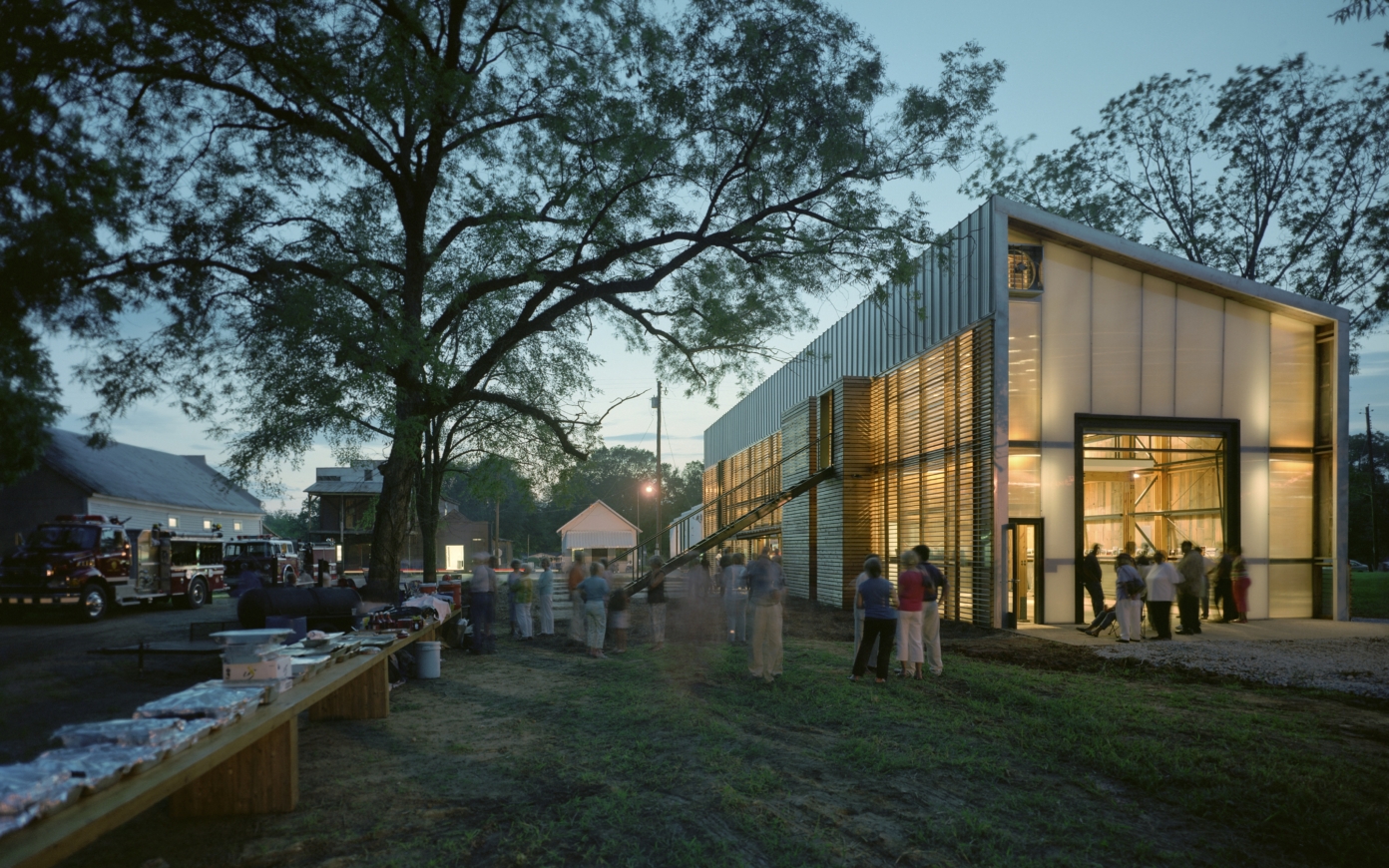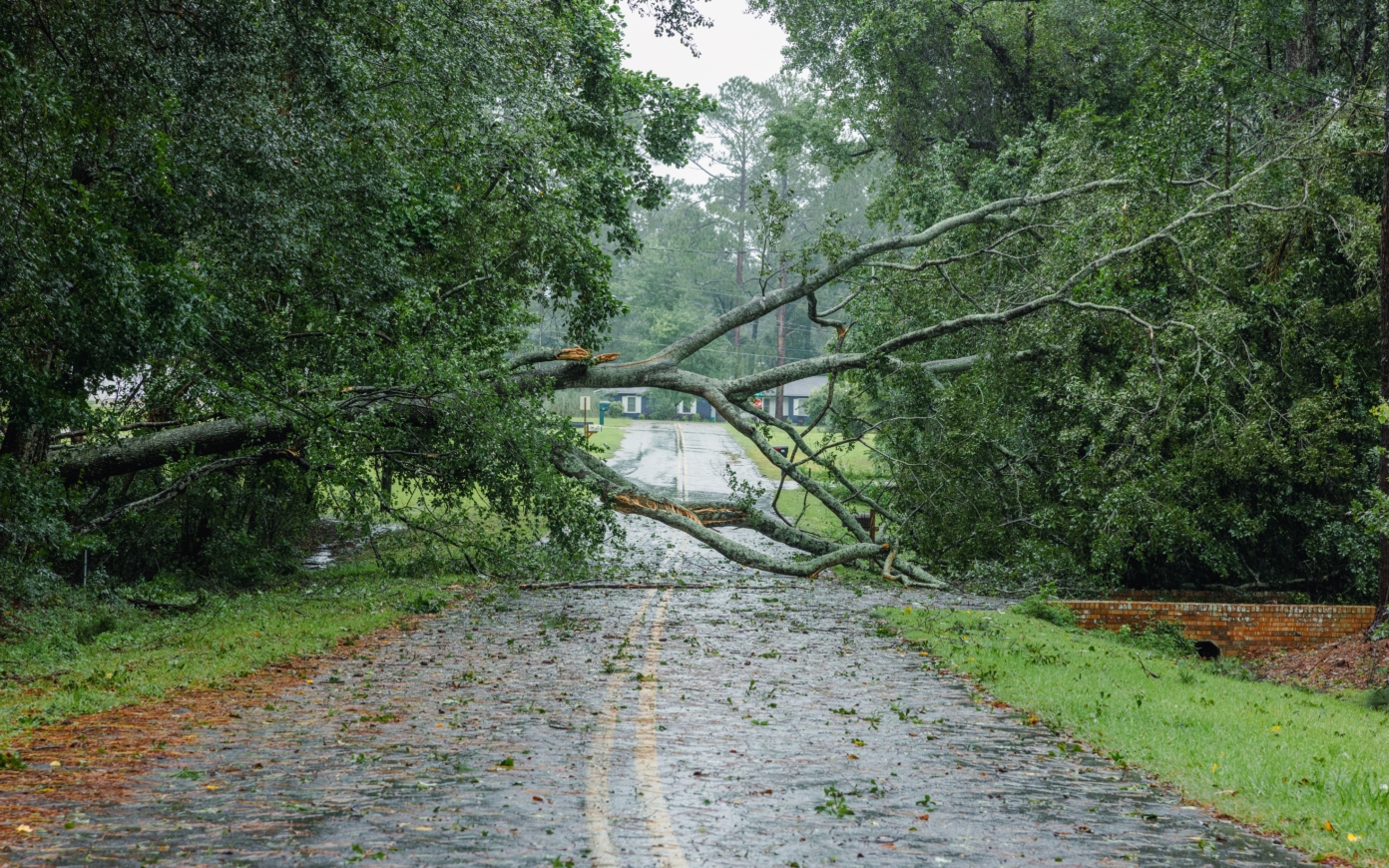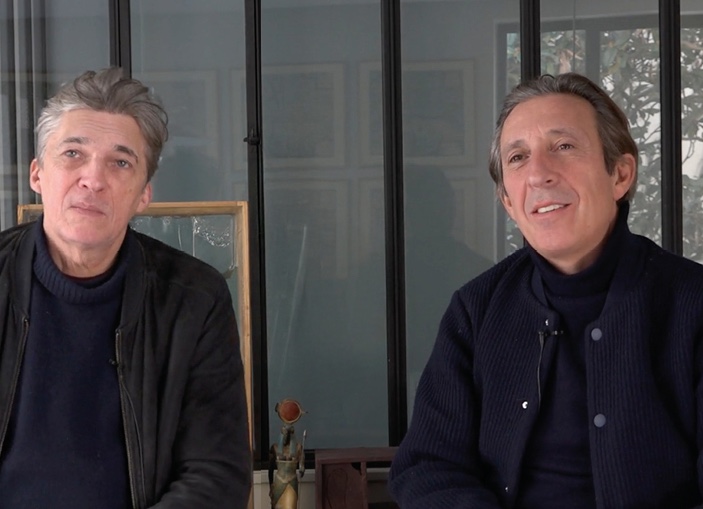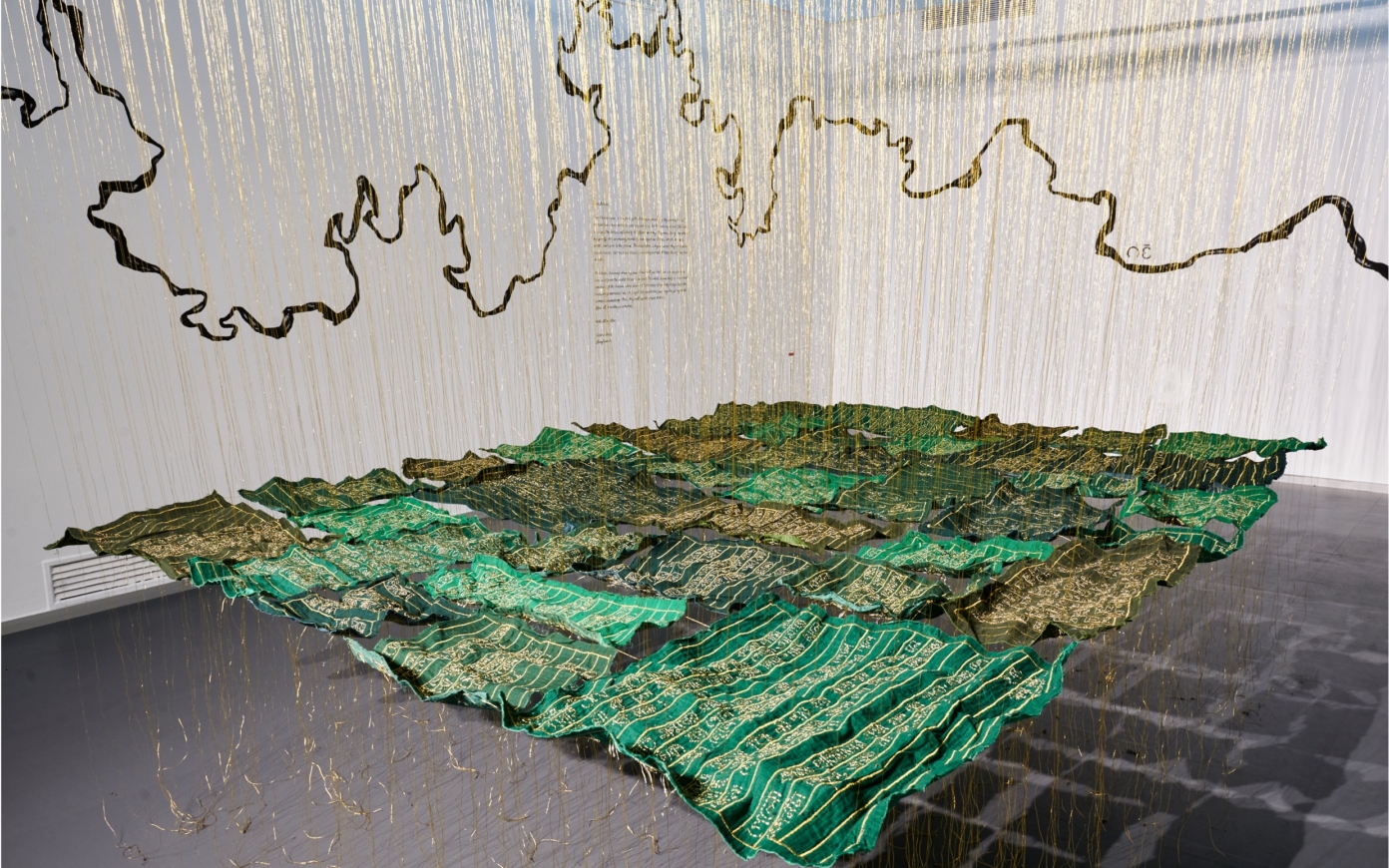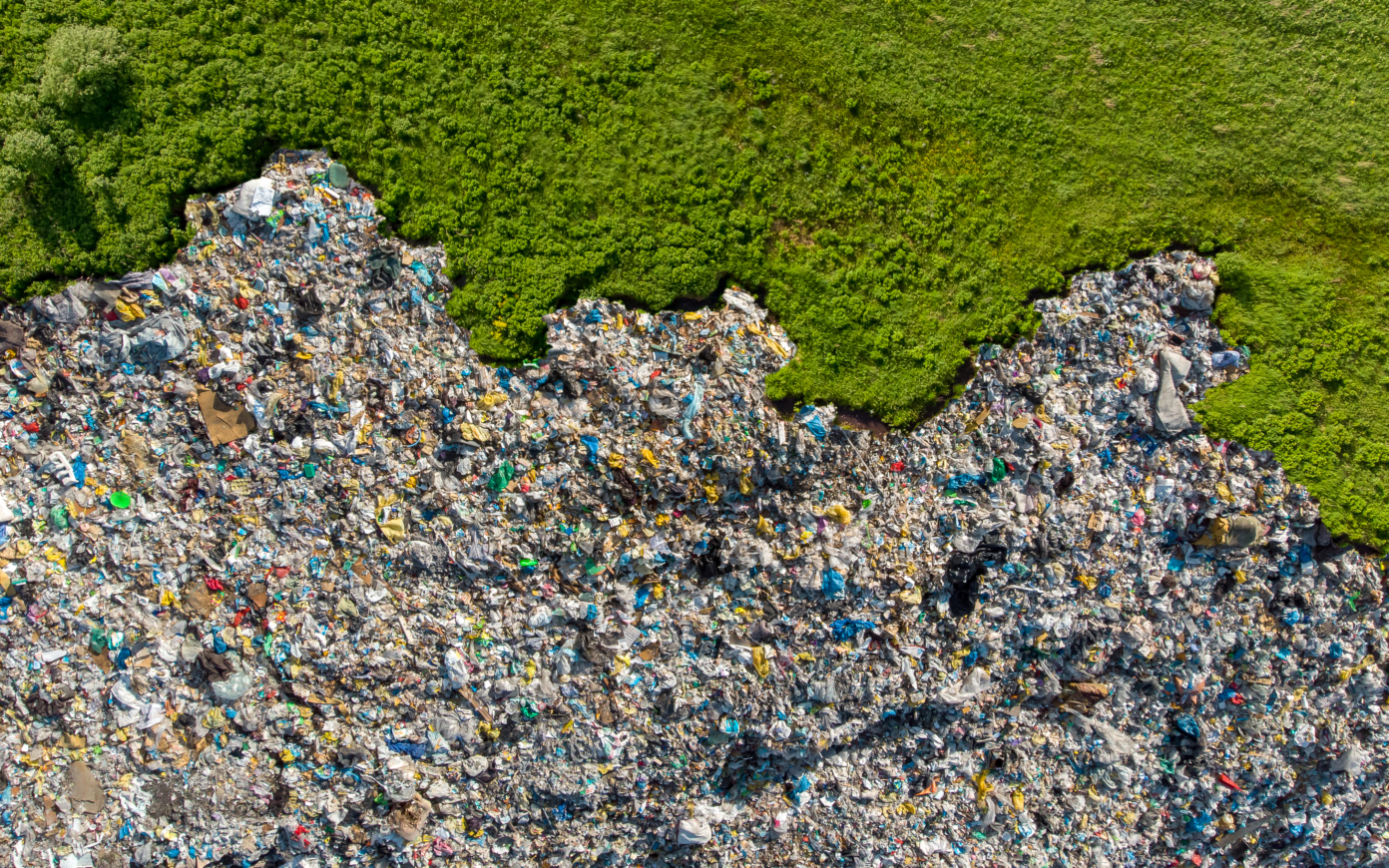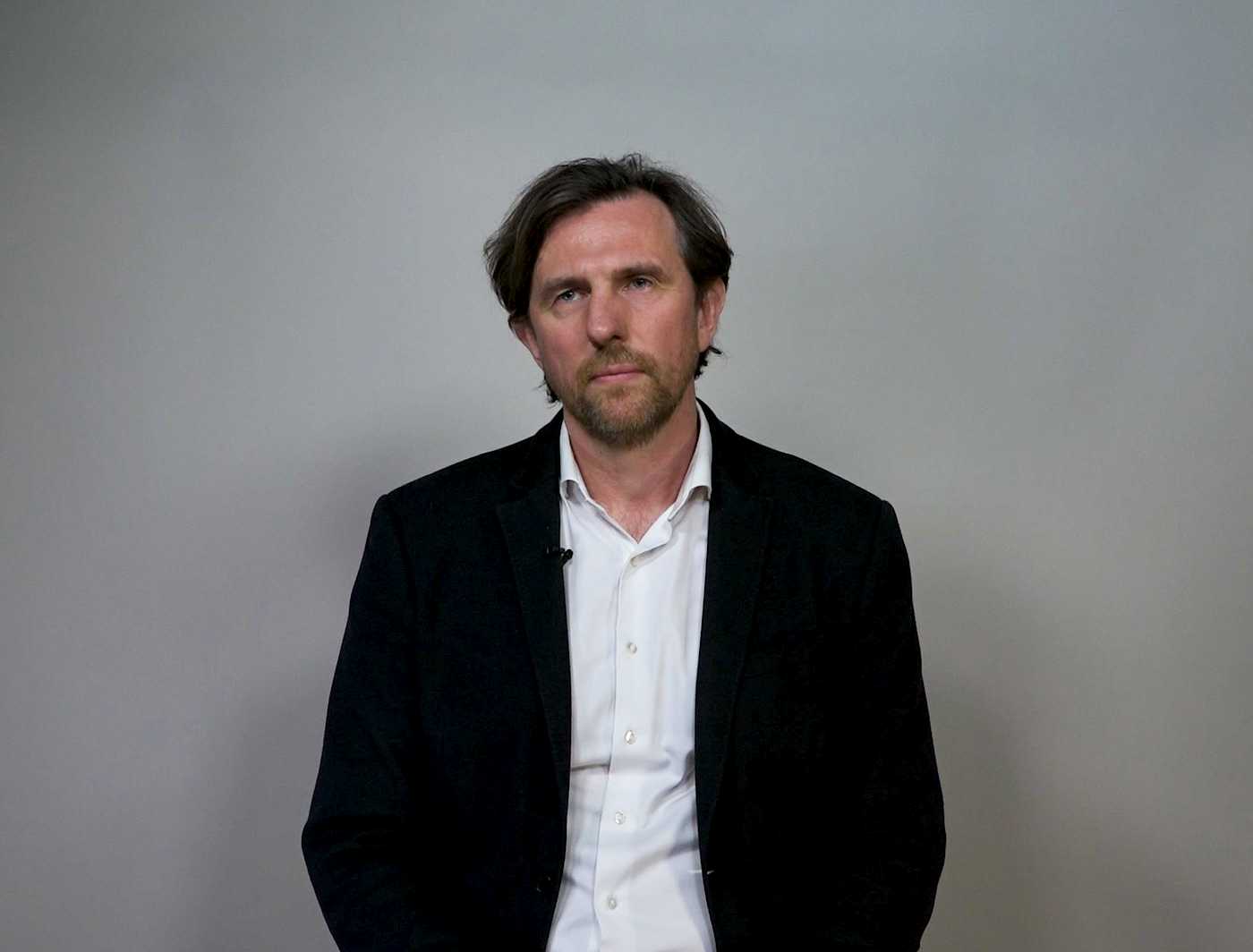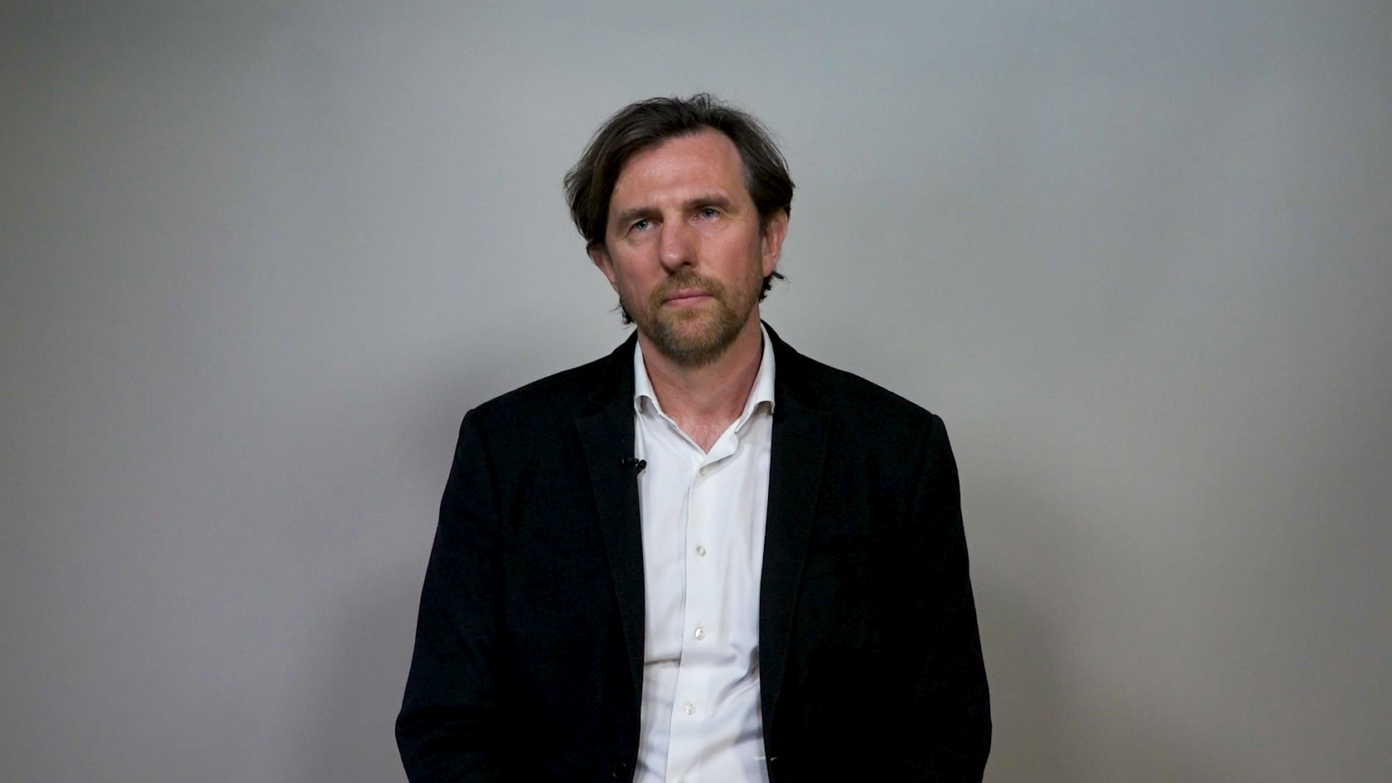Interdisciplinarity as a method
Independently from its value in addressing a complex topic, interdisciplinarity is, first and foremost, a practice of humility and self-objectification. We hold the perspective of our discipline alone and quickly realize that we are in fact ignorant. As the disciplines tend to define themselves in a reflective way, we also have difficulty in evaluating what makes us specific. More than associating with our fellow human beings, Gnwqi seauton (Know thyself) implies confronting oneself with others. In a seemingly paradoxical manner, this confrontation will then help bolster our own uniqueness, while also opening up a profusion of questions regarding how they are to be investigated. We are in the presence of a differentiation process, as occurring both in embryonic development and during biological evolution, whereby the emergence of a new cell or species involves the environment of another.
Interdisciplinarity is first and foremost a place for disciplinary affirmation. In order for it to be fruitful, it must gather together women and men who have learned from their journey, take heed of the journeys of others, are convinced that their presence is legitimate, and are honest in their thinking. This shared mindset enables our collective to approach living things in their rich diversity of physico-chemical processes, inclusion within societies, and even in their sensible interpretation.
Remarkably, it also gives everyone the opportunity to communicate with individuals from cultures that are sometimes very distant. Interdisciplinarity is also inarguably a driver of freedom that broadens the horizons of the members of the collective. Indeed, the vehement expression of highly different points of view on life encourages members to think more freely about their own research, which is often fettered by disciplinary codes.
Interdisciplinarity is then also an invigorating practice of peaceful confrontation. After an essential initial learning phase that establishes communication, everyone expresses their point of view and listens to that of others. We must welcome debate, and rejoice both in our agreements and our differences. The greatest treasure of our collective, though also the source of our difficulty in articulating our approaches—natural sciences, social sciences, and art—is that each of these disciplines has its own assumptions, methods, and truth claims. We share the same subject matter, but we don’t objectify it in the same way. Science explains living things on the basis of empirically verifiable facts or hypotheses formalized as concepts with a universal truth claim while humanities and social sciences focus on trying to understand the various social means, both practical and theoretical, by which each culture seeks to make sense of how living beings and the history of life operate. As for art, it produces expressive relationships with the living that cannot be reduced to abstract conceptualization.
Finally, interdisciplinarity isn’t a form of syncretism. Our discussions often lead us to have to make explicit the underlying assumptions of our respective fields in order to fully understand where our agreements and disagreements stem from. This reflective approach is essential to our debates. We realize that it is truly the aim of cognitive operations that conditions what will be said about the object—in this case the living world—and not its intrinsic nature, which is in itself elusive. The ‘living’ responds to the specific questions that we address to it following the specific approach of each discipline. From an epistemological perspective, it encompasses all the points of view that we have of it and that which we are trying to organize. The strength of our collective paradoxically lies in the fact that we recognize that our various points of view are necessarily partial. For this reason, our collective doesn’t serve a single discourse proceeding from a weak and reductive consensus. By sharing a development process, it acquires an intelligence that is both multifaceted and global, essential for thinking about contemporary facts and proposing models of action in a context of rising essentialisms, naturalisms, vitalisms, etc.
This experience questions the way we solve complex problems. Collective intelligence leads to broader perspectives and increases the value of projects or achievements compared with those developed by single individuals, even when all-knowing. By exploring the possibilities it provides, the diverse points of view also introduce many alternative solutions, which are particularly valuable when randomness makes predictions difficult. On the other hand, the process is time-consuming, and, in our experience, it is important to deploy collective intelligence only on limited questions or projects, in order to avoid scattering it out too much. Intelligence is sometimes described as an ability to adapt to an environment or, alternatively, as an ability to modify the environment in order to adapt it to one’s needs. In that view, living beings—both at the individual level and at species-level—are endowed with intelligence. Humans share the same incredible inventiveness and ability to tinker to create new functional objects. In a more restricted perspective, especially for humankind, intelligence implements processes of understanding, learning, and adaptation, involving intentionality. But, here again, it is possible to establish analogies with the dynamics of the living. We can defend the idea of a continuity between evolutionary mechanisms, which can be considered—following biologist François Jacob—as a form of tinkering and the ability of the human mind to put together elements of reality. Etymologically, the word ‘intelligence’ happens to refer to this idea of assembling things. Just as life proceeds through combinations of elements at various scales—the molecular level, the organism, the ecological system—human thought, and particularly the ‘science of the concrete,’ in Lévi-Strauss’ terms, establishes order in the world by drawing connections between a multitude of heterogeneous phenomena, employing various means, including myth, art, and science. Collectively, we rely on the dialogue between natural sciences and anthropology to investigate the construction dynamics that are at work in life and intelligence.

